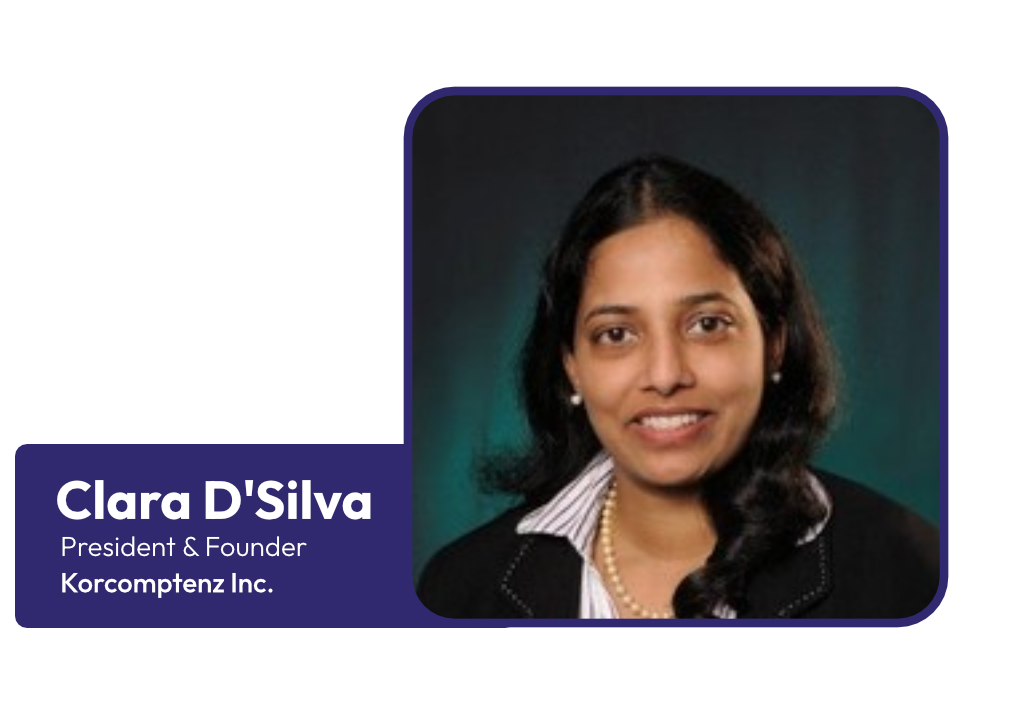The Transformation Stratosphere
Where Technology Meets Transformation
—One Bold Move at a Time
October 2, 2025
What’s Inside
Leadership Message
Message from the CEO's Desk
Cloud Migration & Modernization
The $5M Cloud Migration Mistake 67%
of Enterprises Make
Expert-led Transformation
Seven months to Confidence - The first thing
was changed wasn't software. It was the
conversation.
Leader Lens
AI Factories and the Next Industrial
Revolution
Innovation Radar
Living on the Edge
Welcome to a New Era of Cloud Computing
Welcome to a New Era of Cloud Computing
Trend vs. Truth
Cybersecurity Doesn’t Require a
Shopping Spree





